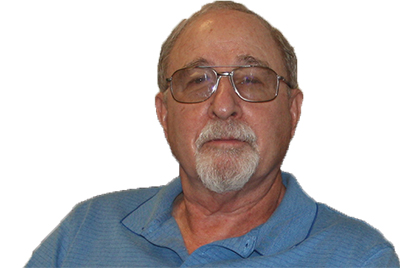
What is mathematics?
To many readers of this column, it is subject matter you must learn in school with a series of rules and methods which appear to be of little use outside of the classroom. Teachers are tasked with developing competencies in mathematics, and, for the most part, Maricopa schools in recent years have done well at promoting these competencies.
For those who love numbers, they perceive the beauty of math with its consistencies. For example, adding any two odd numbers, no matter what their size, will yield a sum that is even. Yet, multiplying those same two odd numbers will always give an odd product.
Consider two triangles, each with 30-, 60- and 90-degree angles. Even if one is the size of Arizona and the other can fit on the head of a pin, the side opposite the 30- degree angle will have a length exactly half the length of the side opposite the 90- degree angle. There is beauty seen in this consistent behavior.
The question must be asked, “As a teacher develops the mathematical competency of his or her students, how can the beauty of math be introduced?”
Dr. Ranjani Iyer, who teaches math in Michigan, wrote an article in Edutopia entitled “Guiding Students to Discover the Beauty of Math” which provides answers to the question.
Iyer believes the key to learning about the richness of math begins with establishing her three Rs: rigor, relevance and relationship. She creates a positive classroom environment where students are secure in their ability to explore problems, which permits a reduction in their fear of math, and through exploration they discover the beauty inherent in numbers.
“Challenging students’ thinking in new and exciting ways using hands-on activities and experiential-based projects transforms a boring classroom into an engaging one,” she writes.
Modern technology allows students at all levels to deal with realistic situations with the opportunity to ask, “What if we try this?” Students working in groups can generally be more creative than attempting to solve a problem by oneself.
Iyer recommends that teachers expose students to patterns such as the Fibonacci sequence, where an interesting structure can be applied to real world phenomena in biology or aesthetic beauty.
Whether seeking creative answers to meaningful problems or simply being enthralled by mathematical structure, students can gain confidence in the subject, thus no longer believing math is an academic subject with little practical purpose.
Murray Siegel, Ph.D., has more than 44 years of teaching experience and volunteers at Butterfield Elementary School.
InMaricopa.com/Columnists
This story was first published in the December edition of InMaricopa magazine.






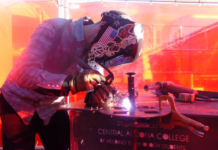
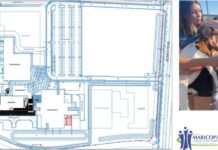
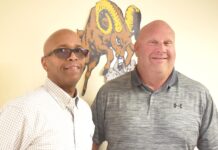
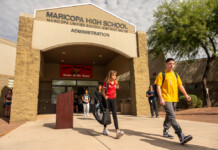

![City gave new manager big low-interest home loan City Manager Ben Bitter speaks during a Chamber of Commerce event at Global Water Resources on April 11, 2024. Bitter discussed the current state of economic development in Maricopa, as well as hinting at lowering property tax rates again. [Monica D. Spencer]](https://www.inmaricopa.com/wp-content/uploads/2024/04/spencer-041124-ben-bitter-chamber-property-taxes-web-218x150.jpg)





![In mayoral race, it’s the Nancy Smith show Maricopa Chamber of Commerce Executive Director Kelly Anderson grills incumbent Mayor Nancy Smith in election's first campaign event April 30, 2024, at Southern Dunes Golf Club. [Elias Weiss]](https://www.inmaricopa.com/wp-content/uploads/2024/04/CRM_1009-100x70.jpg)